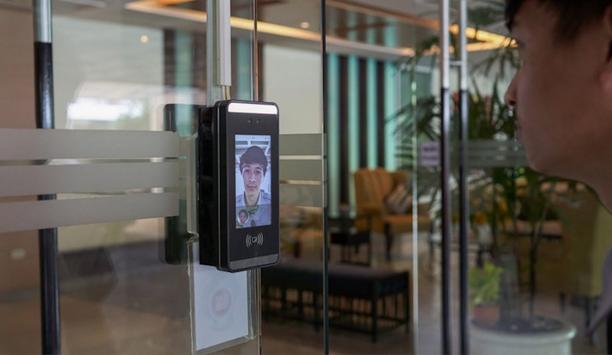 |
| In China and Russia ONVIF Profile S compliance is becoming mandatory for smaller systems |
The vision of ONVIF is also expanding beyond video systems to include access control systems and all security systems, in effect promoting interoperability throughout the industry. “It’s really up to the members who decide what we should do,” says Per Björkdahl, chairman of ONVIF.
In the last two years, ONVIF has shifted its emphasis from developing version-based standards to promoting version-independent “profiles.” The former approach involved creating a specification that included a multitude of features, with some conditional and others optional. The problem came if a camera manufacturer offered one feature set and a software provider supported a different set.
In contrast, having global interface specifications, with specific functionalities easily identified by profiles, makes it easier for end users, integrators, consultants and manufacturers to identify the opportunities offered by ONVIF. The profile approach focuses on a limited but mandatory set of features.
ONVIF’s Profile S serves as the standard interface to stream video and audio between conformant devices and clients, and the forthcoming Profile G will encompass video storage, searching, retrieval and playback (currently available for review on the ONVIF web site). Interoperability will not change as new versions of specifications are released, so in effect the profile enables integrators and end users to “future proof” their systems. In transitioning to the profile approach over the last two years, ONVIF has begun de-emphasizing non-profile-conforming products – they are listed separately as “archived products” on the web site, for example. (Many non-profile-conforming products are older cameras that manufacturers have replaced with newer versions, now listed as profile conformant.)
ONVIF is investing in promotion and marketing to showcase the new profile approach. One strategy is a greater
The vision of ONVIF is also expanding beyond video systems to include access control systems and all security systems, in effect promoting interoperability throughout the industry |
presence at trade shows – ONVIF had a booth at a recent IFSEC show in Europe and plans to have a booth at the ISC West show in 2014 in Las Vegas where the recently released Profile C for physical access control systems will be demonstrated. ONVIF is also looking to launch a new member class called “Observer” that will open its processes to observation by outside groups such as consultants and media representatives.
ONVIF focuses specifically on “interoperability” of products, and avoids less specific claims such as “seamless” or “integrated.” Says Björkdahl: “The use of words sets people’s imagination off and they form an expectation. We focus on the interoperability of the product.”
Standards are a great enabler in the marketplace. “Once you agree on a set of standards, that’s when the development takes off,” says Björkdahl, who is also director of business development at Axis. As evidence, he points to the rapid growth of network video today versus half a dozen years ago.
To achieve interoperability with various devices in the absence of standards, software developers have to develop a unique interface for each manufacturer and device. Alternatively, using an ONVIF profile achieves immediate interoperability with almost 500 device manufacturers at one time (the current count for Profile S). Simplifying the
 |
| Using an ONVIF profile achieves immediate interoperability with almost 500 device manufacturers at once |
interoperability process enables software engineers to spend time on additional features rather than having to spend time just to achieve basic interoperability. Use of ONVIF Profile S enables software systems to be interoperable in approximately 70 percent of camera deployments.
Björkdahl notes that ONVIF profiles ensure interoperability, so buyers should not interpret ONVIF conformance as a claim of product quality, for example. “A poor product is a poor product,” he says. “If a designer picks a less expensive product, that’s his choice. ONVIF focuses on providing an effective and robust way to achieve interoperability and is not taking a position on product quality. The industry understands that you get what you pay for.”
To illustrate, Björkdahl points to another common and familiar standard -- Bluetooth. A consumer could pay $25 or $100 for a Bluetooth headset, and would quickly realize the difference in performance and product quality, although both are “Bluetooth conformant.” Product quality and ONVIF conformance are completely separate considerations, he says.
Another organization targeting interoperability, the Physical Security Interoperability Alliance (PSIA), began around the same time as ONVIF. Although ONVIF is better known in the market, Björkdahl sees the two organizations as complementary rather than in competition. ONVIF focuses on the “field level,” while PSIA is working more at the system level, he says. “It’s a complement to what we’re doing.”
ONVIF will continue to make news in the security market in the near future. The final release of Profile G is coming, and Profile C for access control will be showcased for the first time at ISC West in April.







































